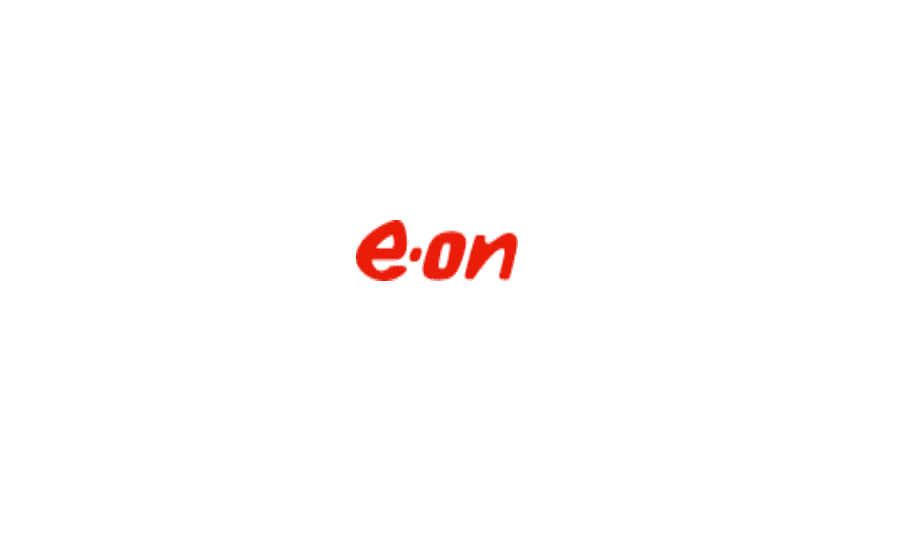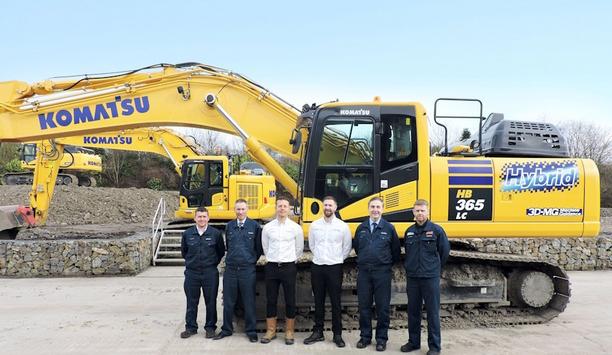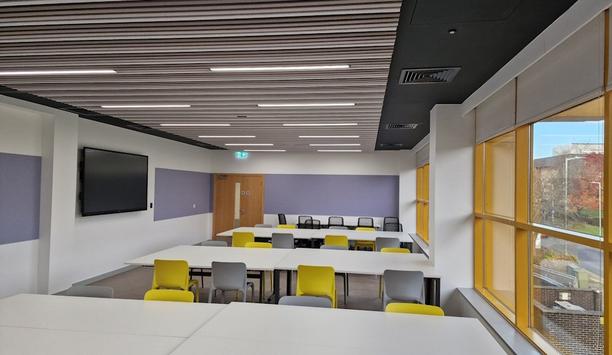Around 800,000 distributed systems producing green energy are already connected to E.ON’s grids in Germany – and that figure is rising.
In order to considerably speed up the connection process for these systems, experts from E.ON grid operator E.DIS teamed up with the start-up envelio, a spin-off of RWTH Aachen University, to develop a digital grid connection monitor. It’s a self-assessment portal for planners of distributed generation systems and offers an initial indication of technically possible grid connection points within a matter of seconds.
Digital preliminary assessment
It is very easy to use: Users enter the location online along with the system type, such as photovoltaic or wind power, and the planned output in kilowatt. Then pinpoint the exact location in the aerial image on the screen using the mouse. Within seconds, there will be a green tick and the answer will appear like this, for example: ‘The system can potentially be connected to the medium-voltage grid. Distance from grid connection point is 200 metres.’
With the help of this automated, digital preliminary assessment, customers can immediately see the distance of their intended system location from a potential grid connection point – essential information when it comes to profitability considerations in many planning projects by green energy producers looking to feed their power into the grid.
Specific connection points
To a certain extent, the high number of enquiries is also due to the fact that, in extreme cases
In 2018 alone, E.DIS dealt with around 2,500 enquiries from project developers regarding information on specific connection points for the E.DIS grid. This represented an increase of 25 percent on the previous year, and the number is increasing.
To a certain extent, the high number of enquiries is also due to the fact that, in extreme cases, project developers for solar or wind farms submit up to 100 different enquiries for one single grid connection point to find the one that is most cost-effective for them. After all, a reduction of a few hundred metres in cables can easily save tens of thousands of euros for the green energy producer.
After the successful implementation of the digital solution as a prototype on the E.DIS Netz website, additions and further developments are already being planned by the end of the year including, for example, the integration of the low-voltage grid.




